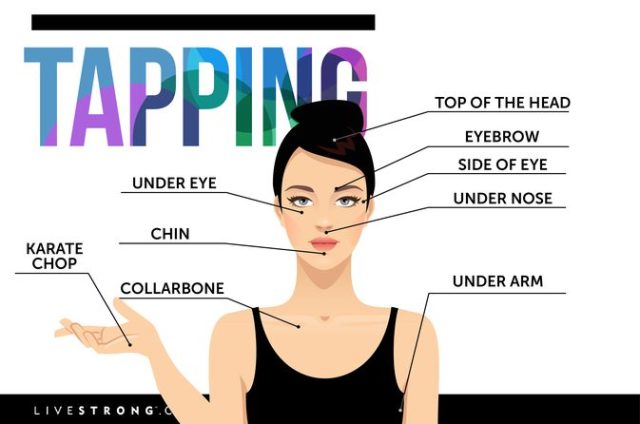Albert Einstein was once asked to explain his theory concerning time relativity. His response:
“When you sit with a nice girl for two hours you think it’s only a minute, but when you sit on a hot stove for a minute you think it’s two hours. That’s relativity.”
Mind blowing.
What Einstein dared to explain is that it’s all in our heads! Life is relative to our perception of reality. Have you ever been in a waiting room and focused on time so much that it almost feels like your stuck in time?
In a world so insta-sized, we feel as though we are constantly running out of time. Instant noodles, Instagram and “instant relief” remedies are all quite recent terminologies in relation to the length of human existence. Our life now happens at “the click of a button.” It’s no secret that we’re living in a fast paced world and we often feel the pressures of keeping up. There is no doubt that this combination of speed and pressure is why we are all experiencing increased levels of stress, depression and anxiety. We are constantly bombarded by emails, texts, media, social media and phone calls to a point where we actually feel uneasy and “lost” when we lose or break our phones! We even feel disconnected from the world and suddenly alone!
Technology is like a double edged sword.While it makes us feel bombarded, it also makes our lives a lot easier! Could you imagine waiting months for a pigeon to bring back a written letter from a loved one? Not to mention all the innovations and advancements that have helped us in the fields of science and medicine. We are also instantly connected to the rest of the world! That’s pretty exciting!
Considering that our “waiting time” has been reduced exponentially over the years, why are we constantly running out of time? As perceivers of time and reality, perhaps we’re not running out of time but our constant need for more makes us feel like we can’t keep up!
It is not time that we’re trying to keep up with, but rather ourselves. Our ego’s are on one hell of a desire trip. We run on “likes” and the next big thing. We’ve even developed a fear of missing out (FOMO) because the internet allows us to exists in more than one space, even on a virtual level. We now exist physically and virtually. Our depression dominates when we feel like our virtual existence is far from the truth. This gap between who we really are and what we portray, makes us feel like we need to pursue more to keep up. All while neglecting our spiritual essence.
When our minds are constantly focused on the future, feelings of stress and anxiety dominate. That is because our bodies are trying to keep up with our mind on fast forward. Some of us are either imprisoned and depressed by the past, anxious for the future or a combination of both. But these projections can be altered!
The key to freedom is in the present moment.
When we root ourselves into the present moment our minds are not concerned with neither, the past or the future. Time no longer exists in the present moment because you are in a state of being, rather than thinking. Our senses are engaged with our surroundings, clear of any thoughts.
Being present isn’t something we haven’t done before! Try and remember an embrace with a loved one when time didn’t matter, or a moment when you were dancing or painting, maybe even playing a instrument or spinning records. Alan Watts once said:
“The sound of the rain needs no translation. In music one doesn’t make the end of the composition the point of the composition… Same way in dancing, you don’t aim at one particular spot in the room… The whole point of dancing is the dance.”
The idea is to get out of heads and into our hearts by doing and thinking less, and being more:
- Pursuing a passion makes makes time fly, yes enjoyable! Wouldn’t you rather warp time in your favor?
- Meditation. Frequent meditations can help you cultivate more presence and peace in your life by becoming the non-judgmental witness of your thoughts. See “Meditation Simplified” entry.
- Mindfulness is another way to bring awareness to everything that we already do by engaging our senses. See “Mindfulness 101”
- Adopt a pet! Pets have the ability to bring joy, presence and even healing into your life.
- Train yourself to consciously see the beauty in everything around you at all times.
- Daily gratitude lists can help you realize all that is positive in your life now, rather than preoccupy yourself with future desires.
